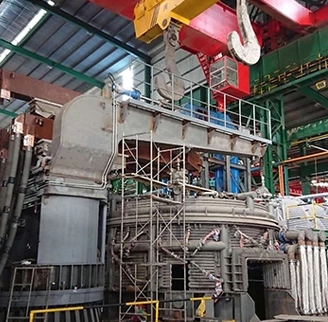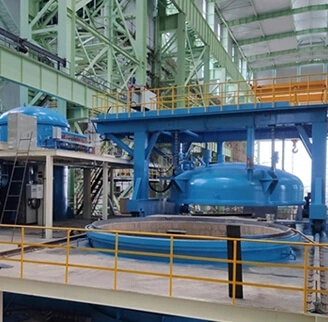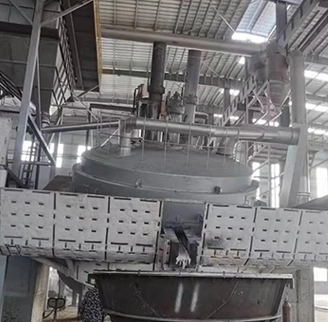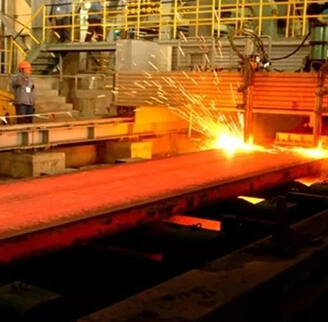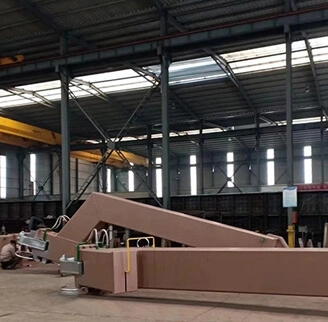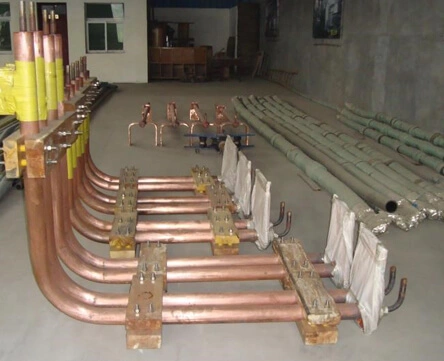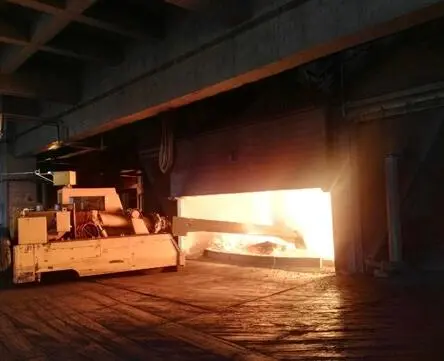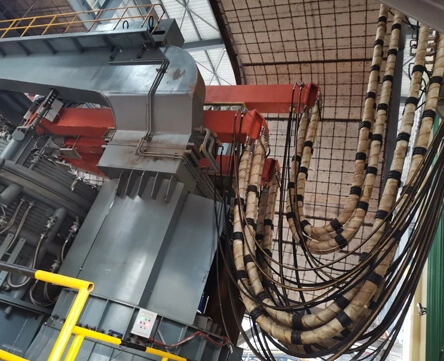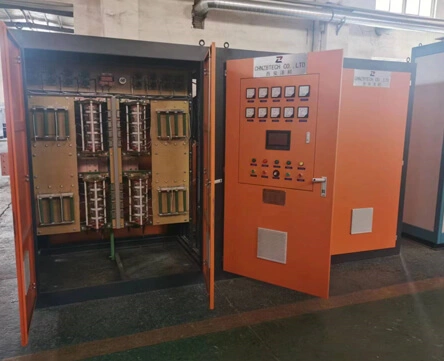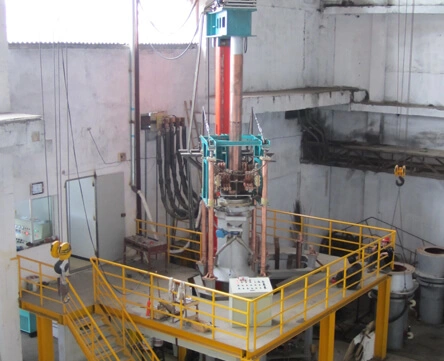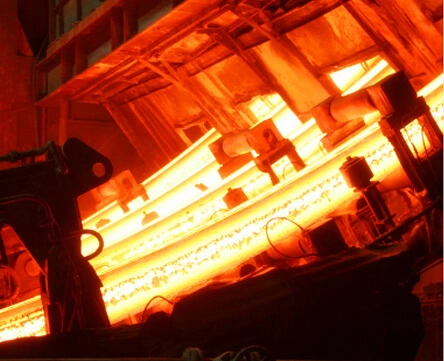In the ever-evolving landscape of industrial technology, the manufacturing sector continually seeks innovations that enhance production processes while maintaining high-quality standards. One such groundbreaking development is the Ladle Refining Furnace (LRF), a pivotal component in the steelmaking process. LRFs have transformed the metallurgical industry, offering a range of technical characteristics that optimize steel production.
1. Thermodynamic Precision for Alloying
LRFs stand out for their exceptional thermodynamic precision, a critical characteristic that has revolutionized the art of alloying in steel production. These furnaces are equipped with advanced sensors and control systems that allow manufacturers to monitor and adjust the chemical composition of the molten steel with unmatched accuracy. This precision not only ensures the desired alloy composition but also minimizes material wastage. By preventing over-alloying or under-alloying, LRFs enable steel furnace manufacturers to consistently achieve the required steel grades, meeting stringent industry standards. This technical attribute not only enhances product quality but also boosts cost-efficiency by reducing the need for excessive alloying elements.
2. Dynamic Temperature Control
Temperature control is a cornerstone of metallurgy, and LRFs excel in this aspect with their dynamic temperature control capabilities. These furnaces incorporate cutting-edge refractory materials and state-of-the-art insulation techniques that effectively maintain the desired temperature levels within the ladle. The dynamic control extends beyond the ladle itself, as the furnace adapts to temperature fluctuations in real-time. This characteristic is especially crucial during the refining process, where precise temperature adjustments impact the removal of impurities and the achievement of desired mechanical properties. The ability of LRFs to swiftly respond to temperature variations enhances process stability, resulting in consistent steel quality and improved overall production efficiency.
3. Advanced Slag Treatment
The ladle secondary refining process involves the use of slag to remove impurities from molten steel. LRFs have introduced a new dimension to slag treatment through their advanced technical features. Bursting with innovation, these furnaces incorporate mechanisms for controlled slag stirring and manipulation. This controlled burstiness in slag treatment enhances the removal of undesirable elements such as sulfur and phosphorus from the molten steel. The result is steel with reduced non-metallic inclusions and improved cleanliness. Additionally, the burstiness factor ensures that the slag interacts optimally with the molten metal, effectively capturing impurities and leading to a refined final product. This technical characteristic underscores the role of LRFs in achieving steel grades that meet the most demanding specifications.
4. Inclusion Management and Hydrogen Removal
Inclusion management is a paramount concern in steel production, as the presence of non-metallic inclusions can significantly affect mechanical properties. LRFs address this challenge through their unique ability to manage inclusions and hydrogen content in the molten steel. The intricate design of LRFs includes features that promote the coagulation and removal of inclusions. This perplexity-driven inclusion management significantly enhances the quality of the steel, making it suitable for critical applications in industries like automotive and aerospace. Moreover, the controlled burstiness in the refining process aids in the efficient removal of hydrogen, a factor that can lead to embrittlement. By maintaining low hydrogen levels, LRFs contribute to the production of steel with excellent toughness and weldability, ensuring its suitability for a wide range of end-use applications.
5. Energy Efficiency and Environmental Sustainability
While technical characteristics play a pivotal role, energy efficiency and environmental sustainability remain paramount considerations in modern manufacturing. LRFs address these concerns through their innovative designs that optimize energy usage. The incorporation of advanced insulation materials, efficient burner systems, and heat recovery mechanisms minimizes energy wastage, resulting in reduced operational costs and environmental impact. Burstiness in energy management allows the furnace to adapt its energy consumption to the refining process's dynamic nature, further enhancing efficiency. By aligning technical prowess with eco-conscious practices, LRFs underscore their significance in shaping a greener and more sustainable metallurgical industry.
 back homepage
back homepage
 EN
EN
 fr
fr  ar
ar  fa
fa 